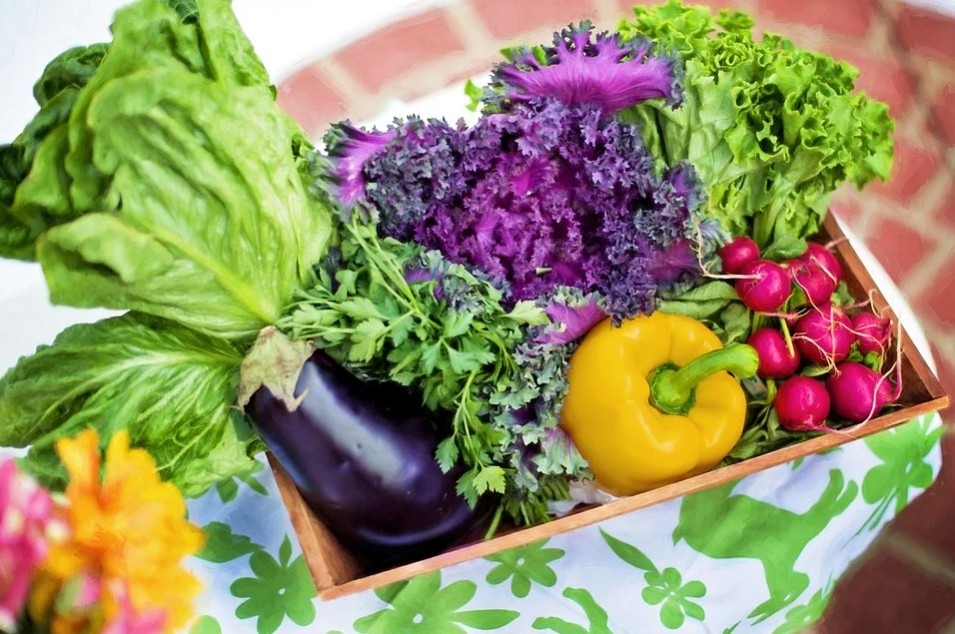What Do Preppers Buy for Food?

When considering what preppers buy for food, it's essential to focus on items that are long-lasting and nutritionally sufficient. Staples include canned goods, rice, pasta, and dried legumes. High-calorie options like canned meats and nuts are crucial for energy, while freeze-dried meals offer convenience and variety. Preppers carefully balance nutrition, taste, and storage requirements to create a practical and sustainable food supply.
Shopping Criteria
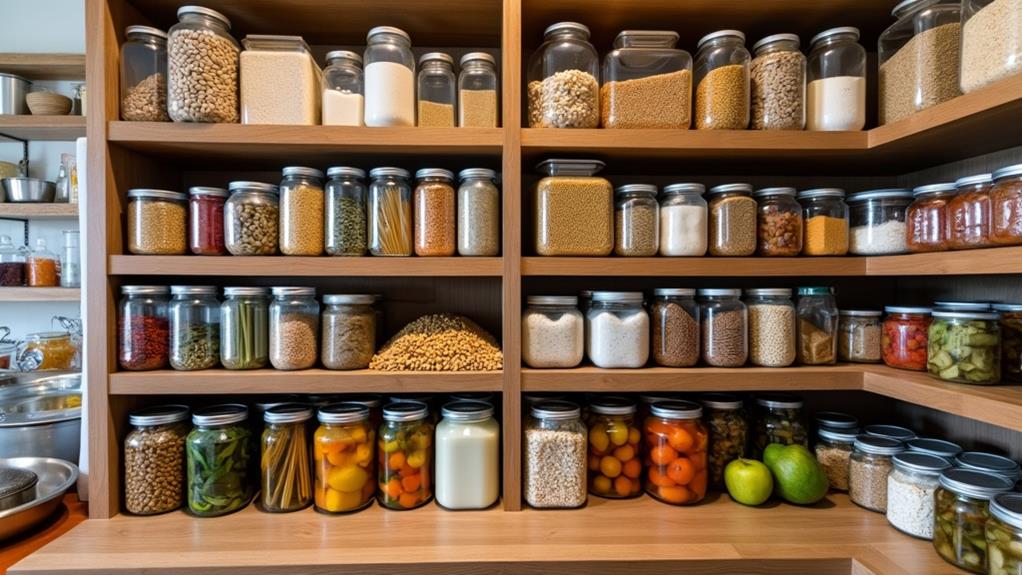
In terms of shopping criteria, preppers focus on foods with a long shelf life, typically at least one year. Essential non-perishables include canned goods, rice, and pasta, which ensure longevity in storage. Calorie-dense and nutritious options like beans, legumes, and canned vegetables are crucial to maintaining a balanced diet during emergencies.
Versatile ingredients are important for creating complete meals. For example, pairing grains with protein sources maximizes the efficiency of your food supply. Preppers prioritize ease of preparation, choosing foods that can be consumed directly or require minimal cooking.
Storage considerations are vital for maintaining your emergency food supply. Durable packaging protects your investments, and using the FIFO (First In, First Out) method for food rotation ensures that your shelf-stable foods remain fresh and usable over time.
Nutritional Considerations
Preppers recognize that proper nutrition during emergencies is essential for survival and well-being. When stocking your food pantry, prioritize a diverse selection to meet all your nutritional needs. Include protein sources like canned meats and legumes to ensure adequate amino acids. Dried beans and whole grains are also crucial; they are rich in fiber and support digestive health, which becomes vital when dietary variety is limited.
High-calorie foods, such as nuts and trail mixes, are excellent for maximizing energy intake while conserving storage space. These options ensure you consume enough calories to stay active and alert during emergencies. Canned vegetables and fruits are indispensable for providing essential vitamins and minerals, preventing deficiencies when fresh produce is unavailable.
A well-rounded pantry focuses on both quantity and quality. By including various nutrient-dense foods, you reduce the risk of nutritional gaps. This strategic approach helps maintain your health and well-being, even under adverse conditions. Therefore, prioritize a balanced, nutrient-rich stockpile to prepare effectively for any emergency.
Shelf-Stable Foods
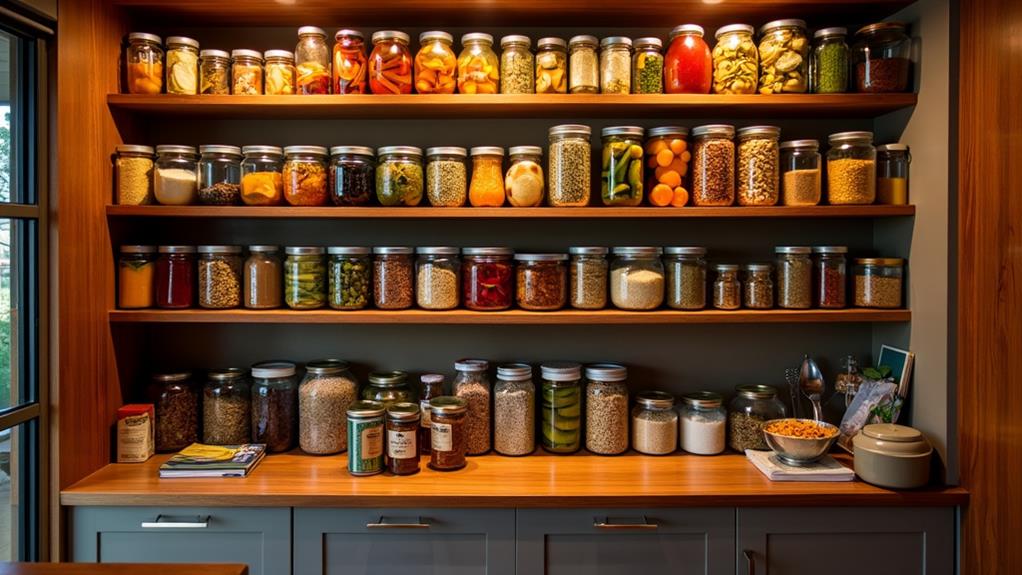
When planning your emergency food supply, focusing on shelf-stable foods ensures longevity and reliability. Preppers prioritize items like canned goods, dry grains, and legumes because they can be stored at room temperature and often last for years. Canned vegetables and fruits, for instance, provide essential vitamins and minerals. Low-acid canned goods can last up to 5 years, while high-acid items typically have a shelf life of about 18 months.
Dried beans and legumes are not only high in protein but also versatile in meals, making them a crucial component of your emergency food stash. When stored properly, they can last over 10 years, maintaining both nutritional value and culinary flexibility. Grains such as rice, pasta, and oats are staples due to their long shelf life. White rice, for example, can last up to 25 years when kept in airtight containers.
Including shelf-stable foods like these in your emergency food supply ensures you have a diverse and nutritious stockpile. With proper food preservation techniques, you'll be prepared for any situation, relying on foods that are both high in protein and vital for long-term survival.
Essential Pantry Items
Imagine opening your pantry during an emergency and finding it stocked with essential items that guarantee both nutrition and comfort. For survival, prioritize foods with a long shelf life. Staples like rice, beans, and pasta are versatile necessities, with white rice lasting up to 25 years when stored correctly. These items provide a strong foundation for countless meals, ensuring you won't run out of options.
Canned goods are crucial for any emergency pantry. Vegetables, meats, and soups can last from 18 months to 5 years, offering convenience and variety. Dried legumes, such as lentils and chickpeas, are packed with protein and fiber and boast a shelf life of over 10 years, making them nutritious and dependable.
Powdered milk and shelf-stable dairy alternatives are key for calcium and vitamin D. Whole powdered milk, when stored properly, can last up to two years. Don't forget essential cooking supplies like sugar, salt, and baking powder. Sugar and salt have indefinite shelf lives when kept in airtight containers, ensuring your meals are flavorful even in the long term.
With these essential pantry items, you're well-prepared for any emergency, guaranteeing both sustenance and comfort.
Storage Best Practices
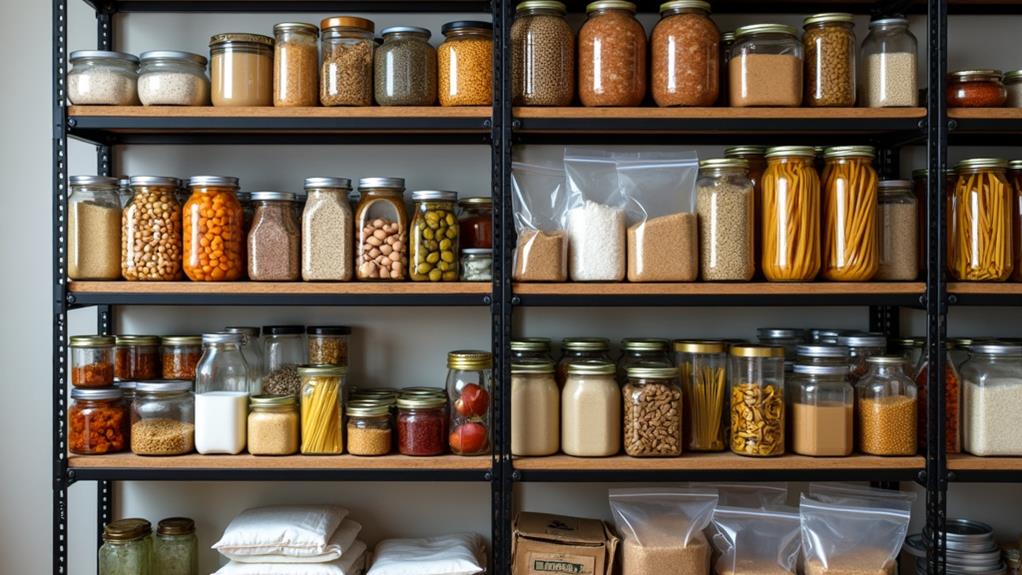
Maintaining the longevity and quality of your emergency food supply requires effective storage best practices. Start by storing food in cool, dark, and dry environments to extend the shelf life of shelf-stable items and preserve their quality.
Utilize airtight containers, such as mylar bags with oxygen absorbers, for long-term storage of grains and legumes. These materials protect against moisture and pests, ensuring that your food remains securely stored. Oxygen absorbers remove excess oxygen, which can cause spoilage and degrade food quality over time.
Implement the First In, First Out (FIFO) method to ensure older items are used before newer ones. This practice minimizes spoilage and waste, ensuring that food is consumed before it reaches its expiration date. Clearly label all storage containers with purchase dates and contents to improve organization and facilitate easy access during emergencies.
Regularly inspect your food storage areas for signs of pests, moisture, and temperature fluctuations. This proactive approach helps prevent contamination and spoilage, ensuring that your stored food remains safe and edible. Adhering to these storage best practices will help maintain a longer shelf life for your emergency supplies.
Foods to Avoid
Selecting the right foods for your emergency supplies is crucial, but it's equally important to know which ones to avoid. Some foods simply don't have the shelf life needed for long-term storage. For example, brown rice has a shorter shelf life of just 6-12 months due to its oil content, unlike white rice which lasts much longer. Whole wheat flour also doesn't store well over time and should be milled only when necessary to prevent spoilage.
Be cautious with beef jerky. While it's a convenient protein source, it typically lasts only 1-2 years and is quite expensive, making it a less ideal choice for long-term food storage. Granola and nuts, though nutritious, also have limited shelf lives and require careful storage to remain safe to eat.
Brown sugar should be stored sparingly since it can harden and become difficult to use when needed most. By avoiding these items, you ensure your foods will last longer, and you'll be better prepared for any situation. Focus on foods with longer shelf lives to optimize your food storage efforts.
Canned Products
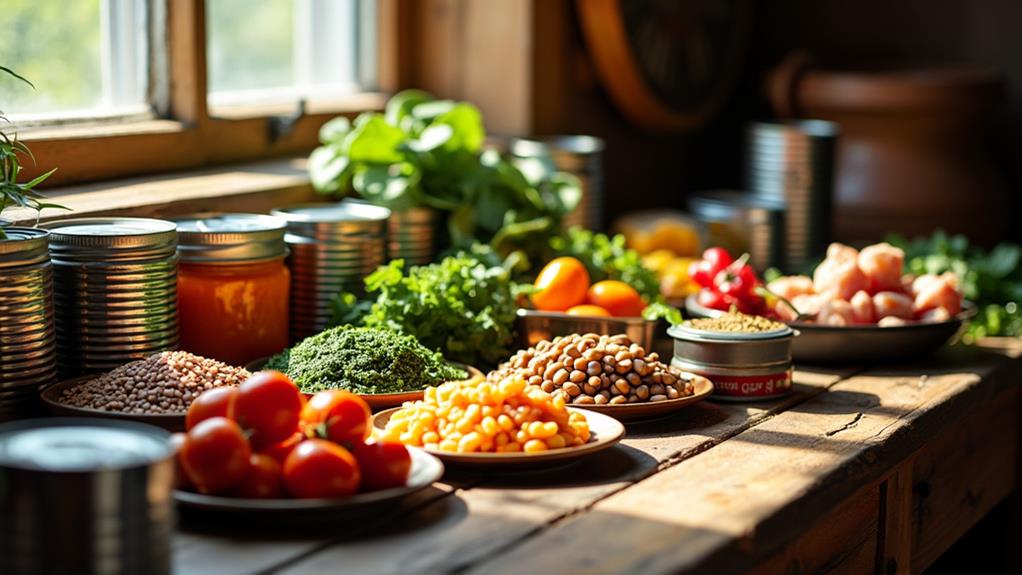
Canned products are a cornerstone of any prepper's food storage plan due to their impressive shelf life, which can range from 18 months to 5 years depending on the acidity of the contents. They offer a convenient and ready-to-eat source of emergency nutrition, especially when cooking facilities are limited. Preppers prioritize these items for their versatility and reliability.
When stocking up, consider these essentials:
- Canned Meats: These provide essential protein and can be easily incorporated into various meals.
- Canned Beans: Chickpeas and black beans are excellent sources of protein and fiber, helping maintain a balanced diet.
- Low-Sodium Options: Selecting low-sodium canned products helps ensure a healthier diet during long-term storage.
Regular inspection is crucial to ensure your canned products remain safe. Watch for signs of spoilage such as bulging cans, leaks, or rust. Discard any compromised items immediately to avoid potential contamination.
Ready-Made Kits
Many preppers consider ready-made survival kits an essential part of their emergency preparedness plans. These kits typically include a variety of non-perishable foods like freeze-dried meals, canned goods, and high-energy snacks, all designed for long-term storage and ease of use. Emergency food buckets often contain nutrient-rich foods that offer a balanced diet for extended periods.
One key advantage of these kits is their long shelf life, ranging from 5 to 25 years depending on the ingredients and packaging. This makes them ideal for long-term preparedness. Additionally, they usually come with simple preparation instructions, providing quick meal solutions during emergencies with minimal cooking required.
Here's a breakdown of typical contents in ready-made kits:
| Food Type | Shelf Life | Preparation |
|---|---|---|
| Freeze-Dried Meals | 10-25 years | Add hot water |
| Canned Goods | 5-10 years | Open and eat |
| High-Energy Snacks | 5-10 years | Ready to eat |
| Emergency Buckets | 10-20 years | Varies by content |
While these kits are convenient, it is wise to supplement them with familiar foods that your family enjoys to ensure they will actually eat them during an emergency.
Final Thoughts

Effective food preparedness requires a careful blend of long shelf life, nutritional balance, and proper storage practices. As you build your survival pantry, consider these crucial elements to ensure readiness for any situation:
- Variety of Foods: Stock a diverse selection of shelf-stable items, such as canned goods, dried beans, and rice. These staples offer longevity and versatility, ensuring you won't get bored with your meals.
- Nutritional Value: Balance calorie-dense comfort foods with nutritious options like low-sodium canned vegetables and fruits. Canned meats and legumes are excellent sources of protein, essential for maintaining energy and muscle mass.
- Effective Food Storage: Use proper storage practices, such as the FIFO (First In, First Out) method, to consume the oldest items first. Airtight containers can protect food from pests and moisture, extending its shelf life.




